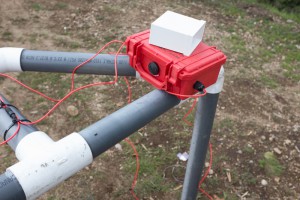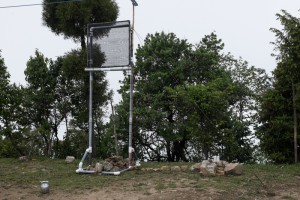The Nepal Agricultural Cooperative Central Federation Ltd. (NACCFL) is currently working in collaboration with the Chainpur Small Farmers Agricultural Cooperative Ltd. (SFACL) to find new sources of drinking water supplies for residents of the Chainpur Village Municipality in Dhading District. The community has traditionally relied on small springs emerging at the foothill of the upland forested areas but these went dry, however, after the April of 2015 earthquake, probably due to the fault lines that were created and which tunneled the available water supplies directly into the ground. The community had then to resort to bottle water supplies until they built an emergency supply line diverting water from a larger spring situated more than two kilometres away. In May of 2017, the community switched back to provisioning themselves from the local springs as these had recently started flowing back again. The flows have although been very variable and of low quality ever since.
NACCFL and the Chainpur SFACL recently launched a fog water collection study pilot project to assess the possibility of using fog water collection to expand the supplies in this water scarce community. Two Standard Fog Collectors (SFCs) of 1 m2 were installed to measure the fog collection potential in two strategically selected sites over a one-year period. The aim of this future project would be to build three or four Large Fog Collectors (LFCs) for a total surface area of up to 200 m2. So far, results from the SFCs indicate that collection rates of 5 to 6 litres a day would be easily reached for the four continuous months of the fog season there. At these rates, we would expect to increase the water supplies for the community by 120,000 to 144,000 litres a year. This project would target 50 households, thus improving water security for approximately 200 people.
FogQuest provided some initial project guidance, advice related to the construction and installation of the SFCs, as well as the Raschel mesh that was used in the fog collectors. We will also help to evaluate the SFC data that are being collected by Laurent-Charles Tremblay Levesque of CECI. Below are photographs of the two SFC installations, the geographic location, and the shop where the SFCs were constructed.


















